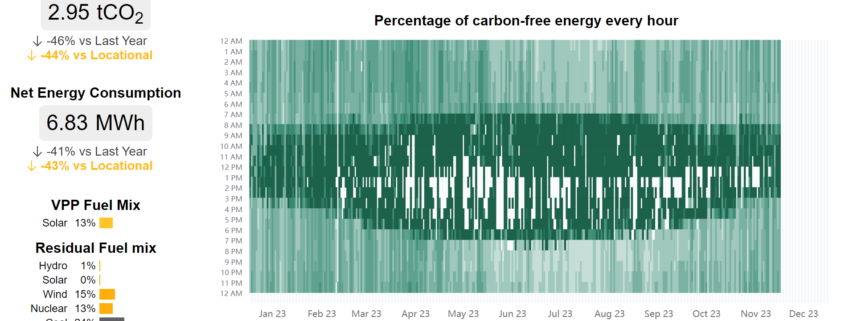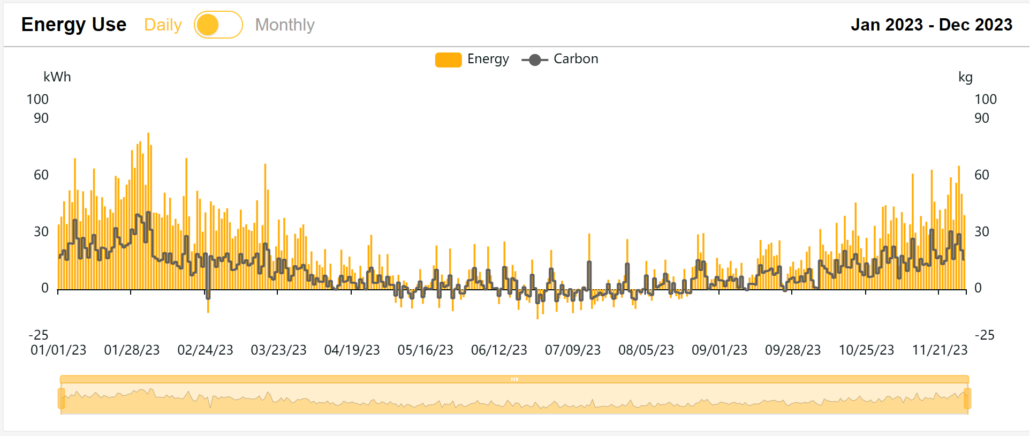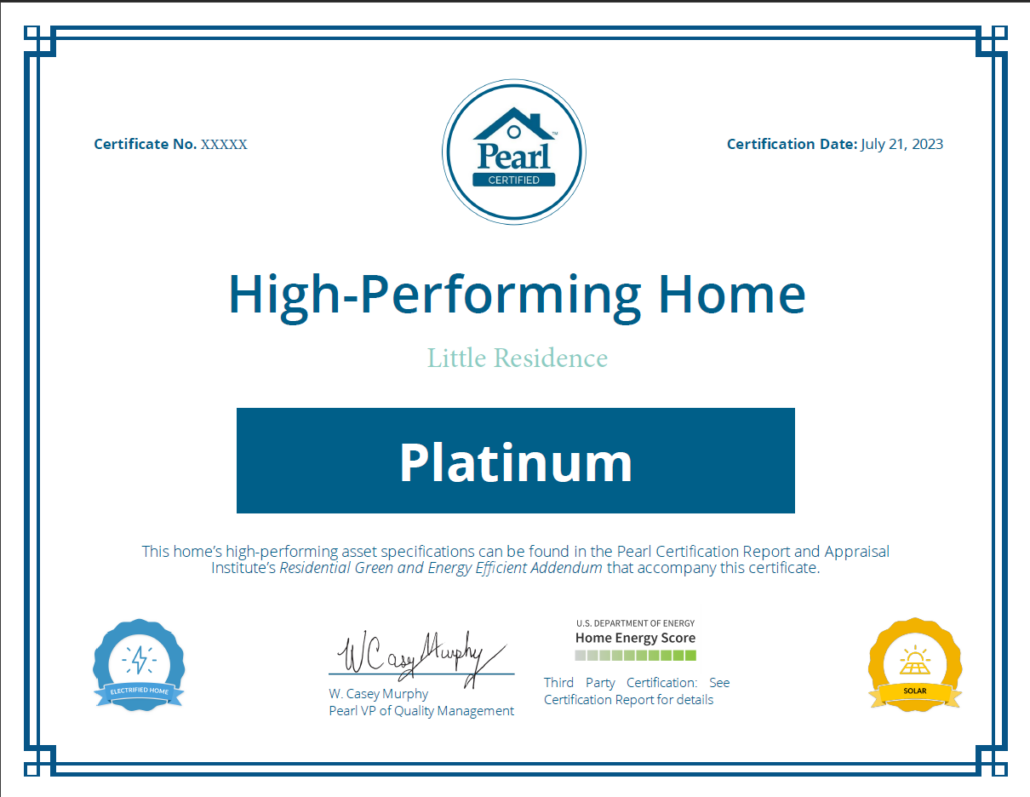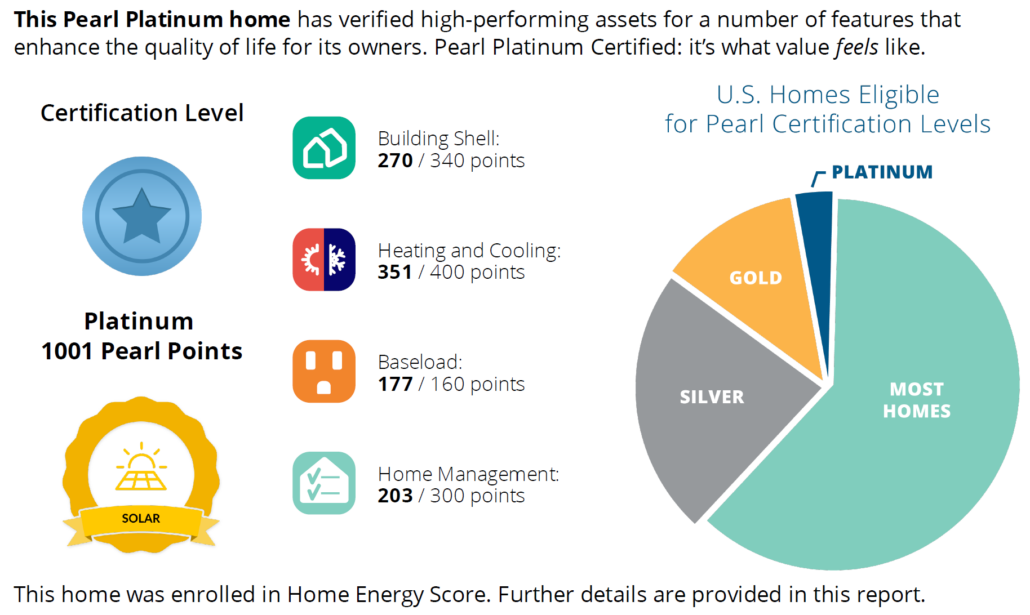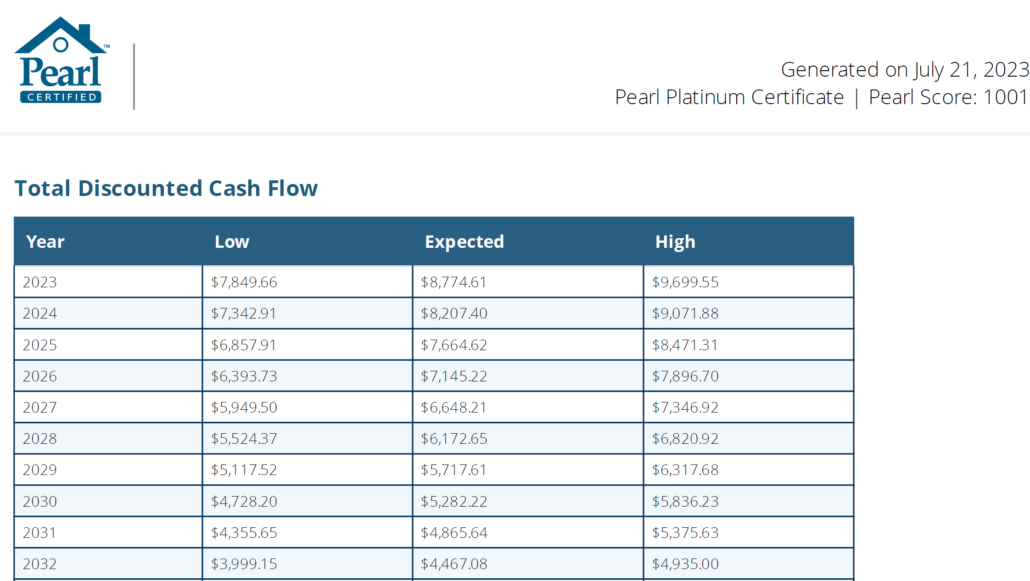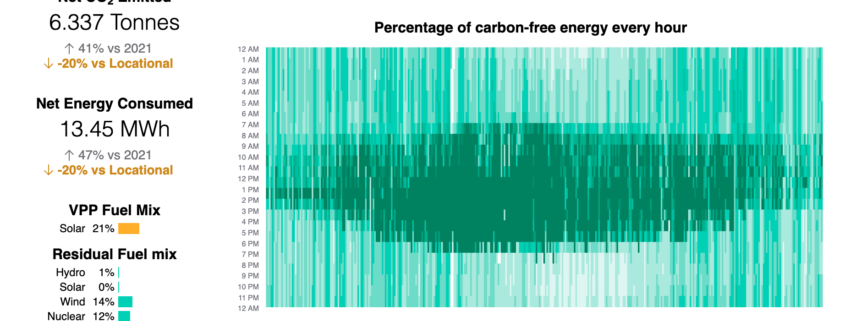GHI Education Manager stays warm in cold snap using heat out of the air
The cold snap here in West Michigan is finally subsiding after nearly a week, and I am excited about another year we made it through with just pulling heat out of the air outside to heat our home and keep it cozy. This was despite us being 15 degrees below normal.

Temps throughout the day averaged in the teens, with some highs in the low 20s and the lowest low at negative 3. The historical average for our region is 30-degree highs and 17-degree lows.
Using a Mitsubishi Cold Weather Climate Air Source Heat Pump, we kept our comfortable 68-degree set point temp throughout the cold snap without any backup resistance heat or backup methane gas.
This is now our 3rd winter being a heat pump compared to a traditional methane gas furnace, and it has worked great because we are fortunate to have an energy-efficient home, and the system was sized, installed, and commissioned appropriately. It keeps the home very comfortable throughout the day and night.
Using our Sun Radon air quality monitor plugged into the adjacent bedroom, you can see our data use over the last week with an average of 68.5 degrees. Still, if you drill down to 5-minute intervals, there is a lot of variation in the temperature, as one would suspect, ranging from 65 to 70 degrees.
Beyond comfort, I wanted to look at energy use for the week, so I looked back at 2021 to find an average temperature in the same period. Looking at Jan 13 – 20th, 2021, I noted I used 76 kWh daily vs. 80 this year. Also, during that time, I did not own an electric car, nor did I have a whole home dehumidifier running, so the reality is counting for those loads; this cold snap did not add any additional energy load on the house.
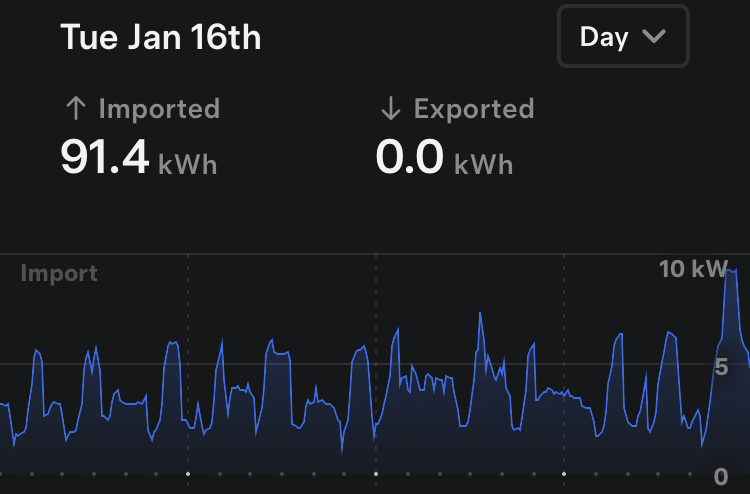
I wanted to focus on Jan 16 this year, the day I used the most power, the coldest average during the cold snap of about 12 degrees. I want to see how much power came from the heat pump vs. everything else. During that day, we used 91 kWh of power. 5.5 came from car charging, and 2.3 came from the heat pump water heater (more on that later). We average 16 kWh a day in the home throughout the year without heating and cooling, meaning about 60 kWh of power, or 65% of our power, was used to heat this house that day. Update – Edward Louie PNNL Pointed out too – “Another important thing is you never exceed 10 kW and often never even exceed 5 kW. Electrification of everything using heat pumps results in very low peak loads even on a cold day. And also it shows how the need for a 200A service to do full electrification is rarely actually needed. In your home a 100A service would be way more than enough even when accounting for factor of safety.”
I also like to look at where that power comes from; using the MISO EIA data, I can see my local grid’s power and energy sources powering my house and heat pump. As the storm picked up on Jan 12, at one point, you can see Wind power surpassed coal and natural gas briefly, and then wind stayed a pretty good mix on the grid thoughout much of the storm, helping ensure I consumed more carbon-free power to heat my home vs. if I was just using 100% methane gas (furnace), it would all be emissions.

I also use a RHEEM gen 3 Heat Pump Water Heater, which works great during a cold snap; since we were all home more, we used more hot water and never had an issue. You can see in this chart that the week used 21 kWh of power, which was not any more than the previous weeks. The device works by taking the heat out of my utility room, so their energy comes from the heated energy in the house, so you need to be mindful of these devices.

Looking at my Sun Radon data here again, I looked at this graph and noted that from Dec to mid-January, the adjacent room averaged nearly 64 degrees, but during the cold snap, it dropped to 62 degrees. This is in part directly related to the heat pump water heater. Still, the home’s existing ductwork has panned ductwork into the joists and hidden behind drywall. Meaning my home distribution system could be better. So air delivered to the basement or living room will be off the temperature set point, which I notice is sometimes off by 10 degrees. To fix this issue, I could blow in an air sealant into the ducts or, better but more expensive, could redo all the ductwork, which would require tearing out all the drywall, which is in good shape. Poor air delivery is sometimes why people use mini-splits to heat and cool rooms that the existing ductwork does not reach well. In my case, the room adjacent to the utility room is used sparingly, but these are things to consider when considering your systems and how they work with the existing home and your budget.
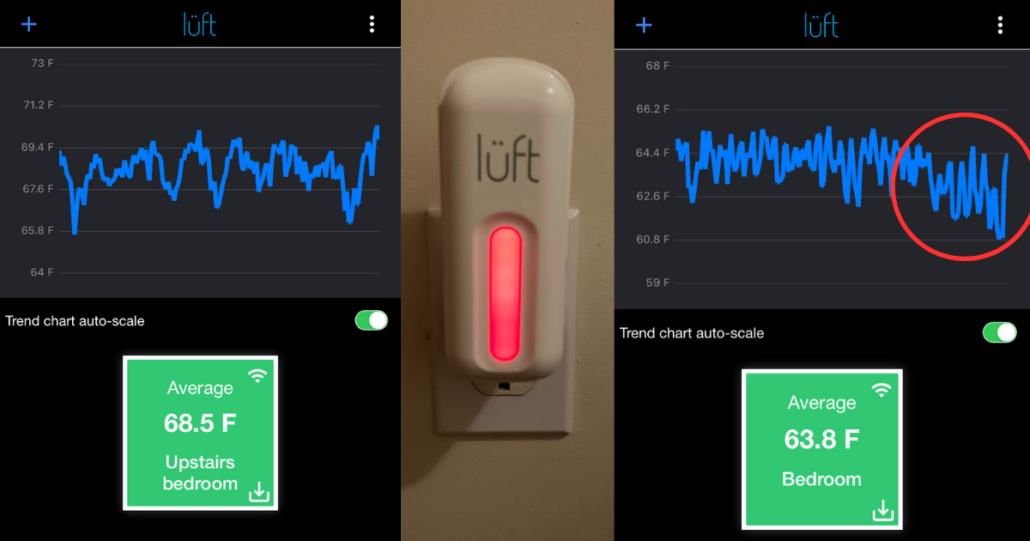
What about getting fresh air and good ventilation in the cold?
I also looked at our energy recovery ventilator (ERV) and the fresh air it brings in. Most ERVs freeze up when they get cold, but my Panasonic Intellibalance ERV can operate down to -22 before the defrost cycle kicks in. One easy way to know if it is working is to look at carbon dioxide levels in the home. Two weeks previously, we were all here for Christmas break, and it was much warmer than this week when we were here due to the storms, but it was cold. You can see little difference in the CO2 levels, but we maintain our targeted levels. Keeping CO2 low helps improve performance; since I work from home, it helps improve sleep quality.

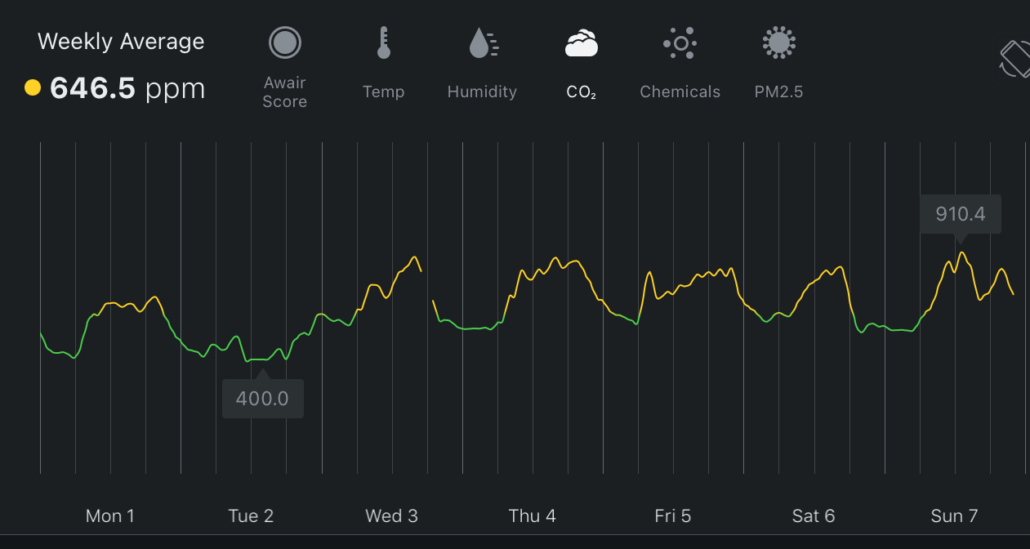
Despite this cold snap, the reality is, overall, it is getting warmer; in December, we have some record-breaking heat here, and one side benefit of this is it makes our colder climate more conducive for heat pumps as we can expect to see much warmer temps, keeping energy costs lower for heat pumps. However, we will still experience extreme cold temps, likely record-breaking at times, and so having a versatile cold weather climate heat pump properly designed, installed, commissioned, and maintained within a home that is air sealed and insulated well is a great way to switch to healthier and comfortable heating that can reduce carbon emissions.
New Inflation Reduction Act Tax Credits & Rebates can also help fund these systems up to $8,000 and help you get an inspection to determine their feasibility. You can learn more about that here.
Want to learn more about heat pump technology? Here is a great article with nice visuals that just came out from the Guardian.
Learn more about my green home renovation and how you and your clients can.


